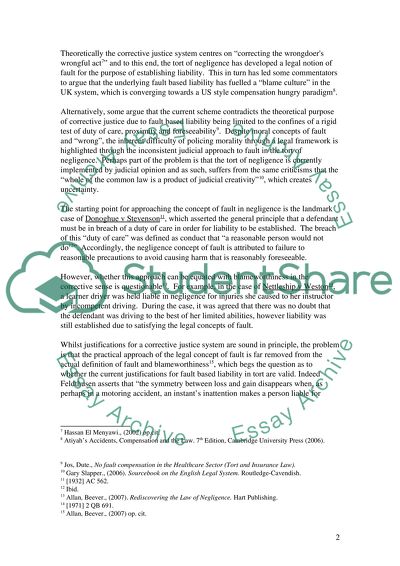Cite this document
(Talk of Blame Culture in Negligence Law Assignment, n.d.)
Talk of Blame Culture in Negligence Law Assignment. https://studentshare.org/law/1552593-remedies-and-restitution-assignment
Talk of Blame Culture in Negligence Law Assignment. https://studentshare.org/law/1552593-remedies-and-restitution-assignment
(Talk of Blame Culture in Negligence Law Assignment)
Talk of Blame Culture in Negligence Law Assignment. https://studentshare.org/law/1552593-remedies-and-restitution-assignment.
Talk of Blame Culture in Negligence Law Assignment. https://studentshare.org/law/1552593-remedies-and-restitution-assignment.
“Talk of Blame Culture in Negligence Law Assignment”. https://studentshare.org/law/1552593-remedies-and-restitution-assignment.


